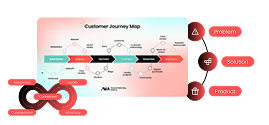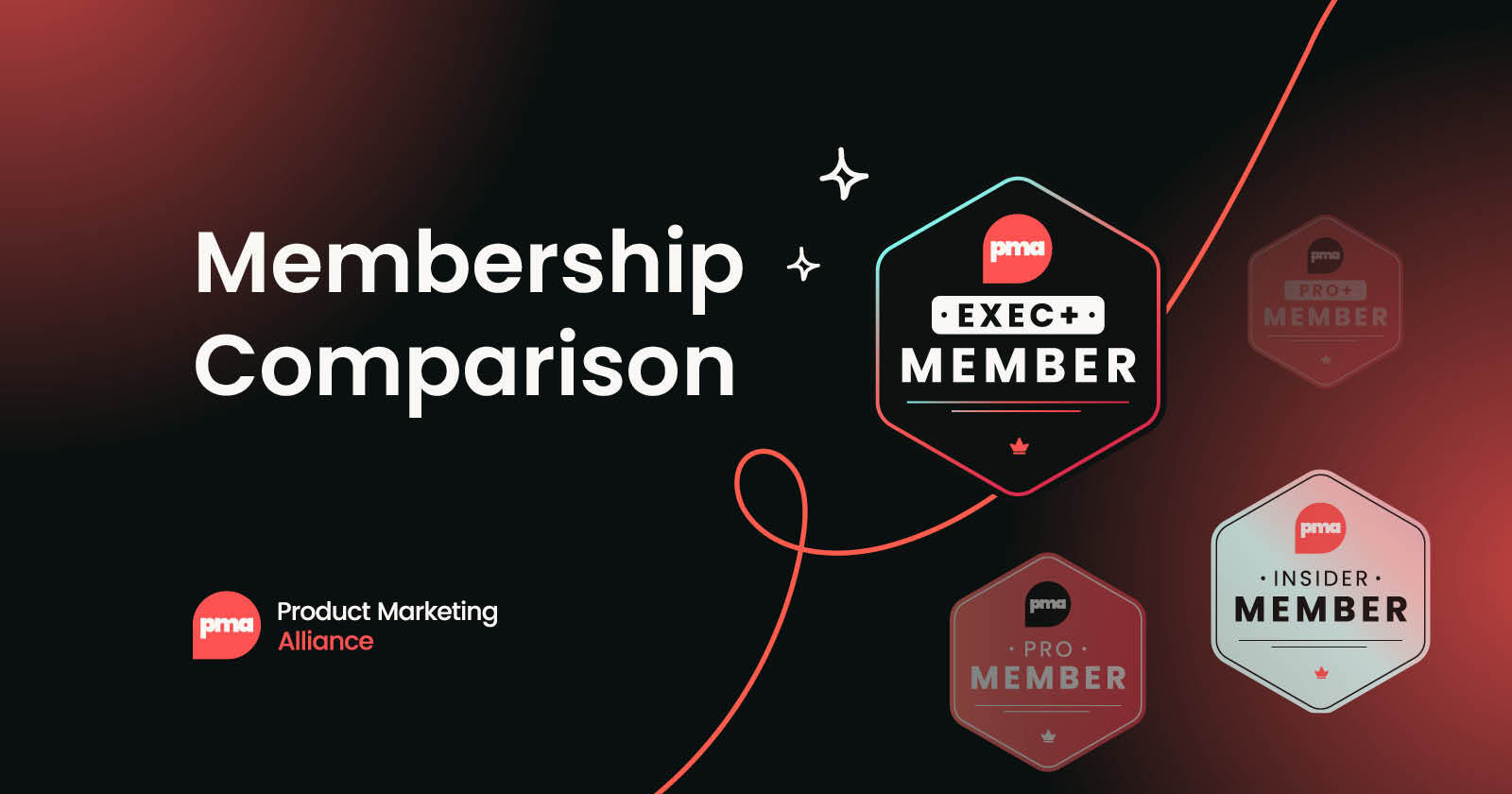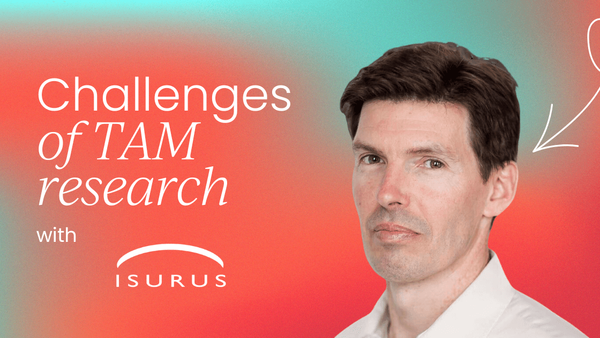The ask is simple: Estimate the total addressable market (TAM). The reality? No clear data and no easy answers.
Estimating the TAM for a new product or market often falls to the product marketing team. This simple-sounding task comes with many challenges. This article provides suggestions for how to address some of those challenges.
The terms total addressable market, service addressable market (SAM), and service obtainable market (SOM) are often used loosely or interchangeably.
Therefore, the first step in any market-sizing project is identifying the “size” you want to define. Is it the total size of the market? Or is it the market potential for your product? This matters because the research approach can be quite different.
What is total addressable market?
The total addressable market (TAM) is the total potential size of the market. For example, US consumers spent $10 billion on potato chips last year.
If you are in the potato chip business, your TAM is $10 billion. In the not-too-distant past, tech firms would use broad numbers like this to justify their business. They would say, “If we could just get a small piece of that pie, we’d be rich.” For most of those firms, it didn’t work out.
Today, a common use case for TAM is prioritizing potential opportunities for further exploration by identifying product-market fit. For example, at the early stages of product development or market expansion planning, there are often multiple options on the table that seem equally viable.
However, due to resource constraints, the company may only be able to invest in one or two of them. A TAM analysis can help prioritize or rank the options by which ones are likely to have more or less opportunity and deserve further evaluation.
TAM analysis involves conducting secondary research. The sources you can turn to include, but are not limited to, analyst reports, Statista, Owler, LinkedIn, government reports, industry association research reports, vendor-sponsored and promoted research, and a plethora of off-the-shelf research reports.
Some of these are free; some sit behind paywalls.
The challenge is that despite all the available data sources, the specific number you are looking for does not exist in any of the reports.
For example, let’s assume you work for an AI-powered Diagnostic Imaging Platform provider. It’s easy to find that U.S. hospitals spent $148B on IT last year – but that figure tells you nothing about spend on AI-based imaging platforms like yours.
You have to create it
When the data you want isn’t available, which is usually the case, it is up to you to create it. A TAM analysis shares a lot in common with a college thesis paper.
Your job is to collect a range of disparate data, evaluate the reliability and relevancy of the data, make inferences and estimates to fill in the missing pieces, and synthesize everything to create something new: An estimated TAM for your product.
This can be a daunting task and responsibility. But if you take a systematic approach, apply good judgment about the data you find, and make sound inferences, you can be confident in your estimate.
Remember that no matter how much data you find, you will never have a definitive TAM. There is too much variability in the data. You are narrowing the cone of uncertainty through your research and analysis.
Useful analogies are researching companies before investing in them or finding stats on professional sports teams before betting on a game. Research helps you understand the probability of what could happen but does not predict exactly what will happen.
That said, your data and analysis give you far more information and insights than you had at the start of the process, which puts you in a better position to make confident decisions. And that’s the goal: To make a decision and move your company or product forward.
Can you be confident in the data?
Evaluating secondary data, especially that which is freely available, requires a degree of information literacy. You should ask yourself:
- Where does the data come from?
- What’s the agenda of the entity that produced it?
- Why is it available?
- Does it align with or conflict with other data that I have?
- If it is very different, why is that?
- What lens does it look at the market through?
- Is it original data or referencing data you may already have?
You will find that there is some data that you will keep and some that you will discard.
Beware the rabbit hole
Conducting secondary research takes a lot of time. There is no way around that. However, you can fall into a rabbit hole looking for the perfect source with the exact data you need, and unfortunately, it can be hard to know when you’ve hit the point of diminishing returns.
After you’ve conducted this type of research three or four times, you will start to get a better feel for when you’ve hit this point. A good indicator is when the “new” data you find starts to repeat what you have already seen.
When there is a great report out there you will find that its data gets picked up by everyone publishing content in the area. At first, this makes it seem like you have many sources agreeing when, in reality, you have multiple outlets quoting the same source.
AI only helps so much
AI tools such as ChatGPT and its kin can provide a great overview of the market in terms of its appearance, general dynamics, etc. But if you are gearing up for a TAM analysis, you likely already know most of what an AI summary of the market will tell you.
At this point, you are not looking for commentary or a narrative summary of the market; you need data, and for now, at least, the sources that AI engines find are no better than a traditional search engine.
Is TAM the right thing?
As noted earlier, sometimes, when a team talks about TAM, they really want to know the opportunity for their product. They want to know things like: What does the market spend on our specific type of technology or product (SAM)? How many would consider our solution (SOM)?
These are difficult, if not impossible, questions to answer using secondary research. It typically requires a quantitative survey with customers and prospects that explores dimensions such as solutions in place, budget cycles, pain points, perceptions of alternative solutions, willingness to pay, and barriers to switching from the status quo.
PMA members have access to survey templates for assessing market needs. External research firms such as Isurus or Stax also help clients conduct this type of research.
As we explored in our PMA article on how much data is enough, whether you manage the survey yourself or with help from an external partner, you likely need less data than you think.
Regardless of the project size, primary research can be expensive due to data collection costs, especially in B2B markets. Isurus has experimented with synthetic respondents to see if they represent an opportunity to increase speed and lower costs. As of the spring of 2025, the technology is not ready yet.
Secondary research help
Assuming that you are launching a TAM project, you may find that you don’t have the time to do the research or don’t even know where to start.
Fortunately, many independent research librarians can assist you. Their job is to help clients find information. They know where to look, how to evaluate sources, and how to do it faster than you can.
A simple online search for “freelance librarian” will set you down the right path. Some market research and consulting firms, such as Isurus, can also help with these activities.
Isurus Market Research delivers research-based insights for product marketers in B2B SaaS companies to inform GTM strategies. To learn more about how we can help or address product marketing questions, visit our website or contact us here.


















 Follow us on LinkedIn
Follow us on LinkedIn



.svg?v=1abcb94374)